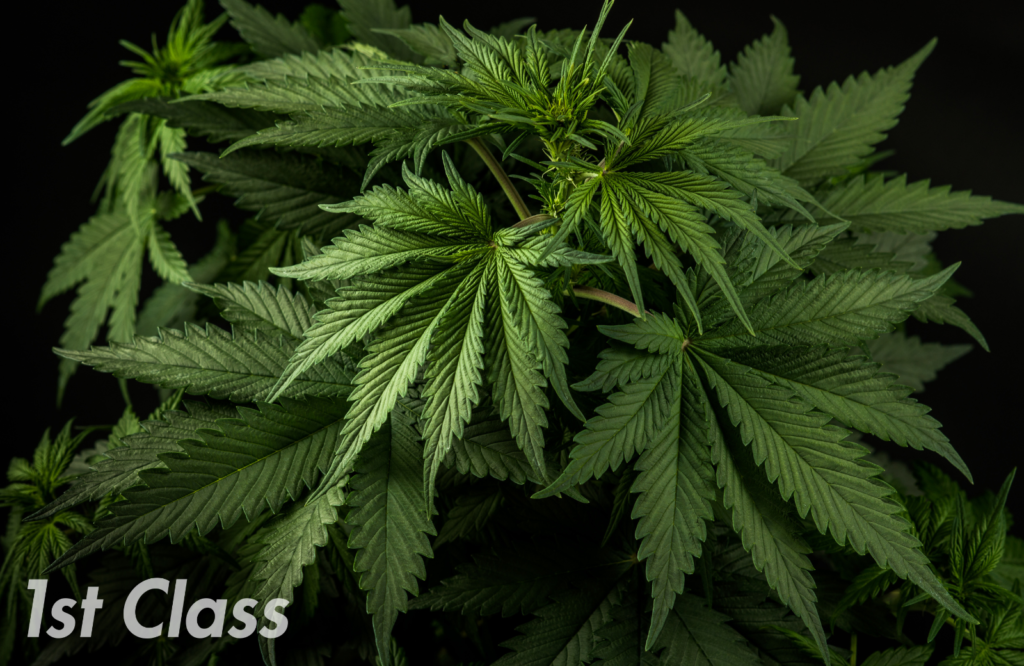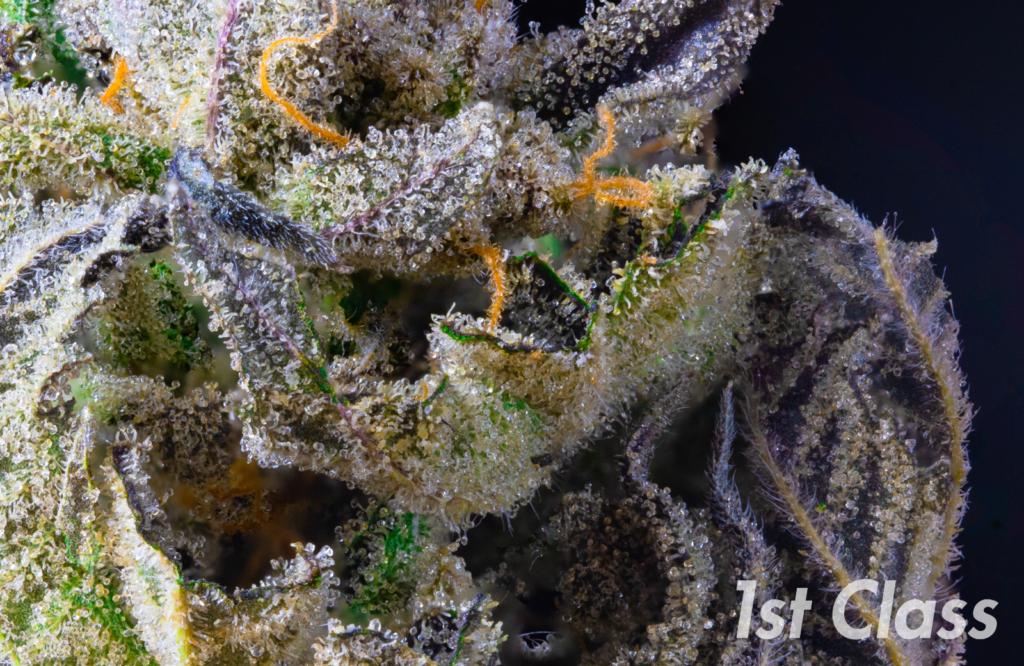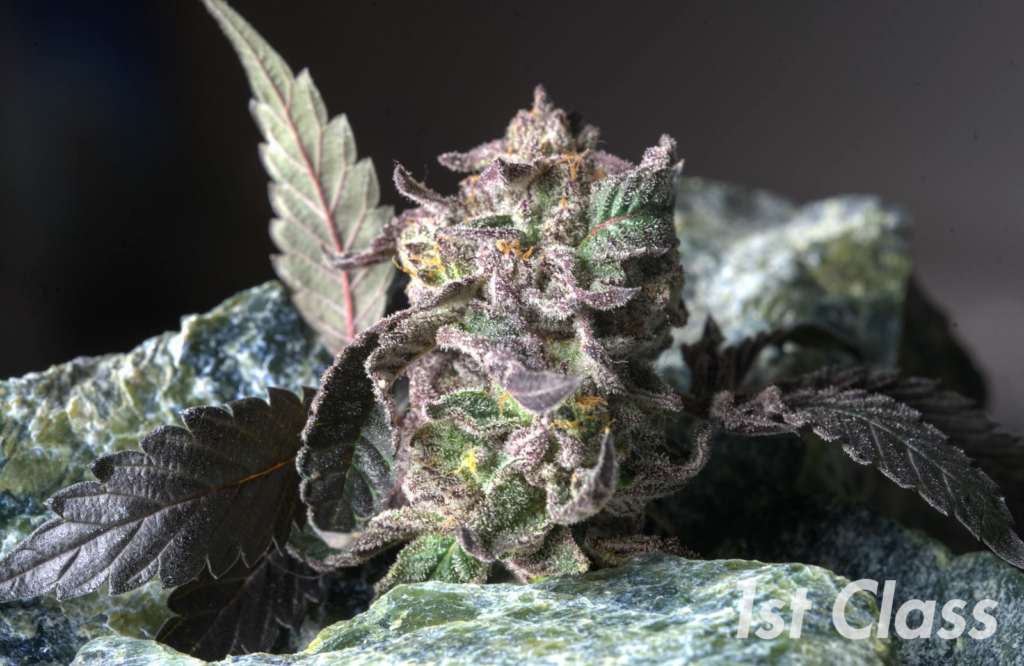Cannabis Indica, a member of the Cannabis genus, is one of the three primary species of the plant, alongside Cannabis Sativa and Cannabis Ruderalis. Known for its unique characteristics and effects, Cannabis Indica has a long history of human use for various purposes. In this article, we will delve into the botany, historical significance, chemical composition, uses, and potential benefits of Cannabis Indica, backed by references to reputable studies and sources.

Botany and Characteristics:
Cannabis Indica is characterized by its distinct physical features, which set it apart from other species in the Cannabis genus.
- Growth Pattern: Indica plants typically exhibit a shorter and bushier stature with wider leaves compared to Cannabis Sativa. This growth pattern makes them well-suited for indoor cultivation, where space may be limited.
- Flowering Time: Cannabis Indica has a shorter flowering cycle compared to Sativa, allowing for quicker harvests and more frequent cultivation cycles.
- Climate Preference: Indica strains thrive in cooler climates with shorter growing seasons, making them suitable for regions where Cannabis Sativa may face challenges in achieving full maturity.
Historical Significance:
Like other species of Cannabis, Indica has a long history of human use, spanning thousands of years and multiple cultures.
- Ancient India: Cannabis, including Indica, holds spiritual significance in ancient Indian culture. It is believed to be one of the five sacred plants mentioned in sacred texts such as the Atharva Veda and the Sushruta Samhita.
- Traditional Medicine: In ancient India and other regions, Cannabis Indica was utilized in traditional medicine for various therapeutic purposes, including pain relief, relaxation, and as an aid for sleep.
- Contemporary Use: In modern times, Cannabis Indica gained popularity for its perceived calming and sedating effects, leading to its use as a nighttime strain for relaxation and stress relief.

Chemical Composition and Cannabinoids:
Cannabis Indica contains a wide array of chemical compounds, with cannabinoids being among the most significant contributors to its effects and potential benefits.
- Delta-9-Tetrahydrocannabinol (THC): THC is the primary psychoactive compound in Cannabis Indica. It is responsible for the euphoria and “stoned” feeling often associated with Indica strains.
- Cannabidiol (CBD): While Cannabis Indica typically contains lower levels of CBD compared to Sativa, some strains may still exhibit significant CBD content. CBD is non-psychoactive and has gained attention for its potential therapeutic properties, including anti-inflammatory and anxiolytic effects.
- Terpenes: Terpenes are aromatic compounds found in Cannabis Indica that contribute to its distinctive aroma and potential therapeutic effects. For example, the terpene myrcene is thought to contribute to the sedative effects associated with some Indica strains.
Medicinal Applications and Potential Benefits:
Indica has been used medicinally for various health conditions, with potential benefits attributed to its cannabinoid and terpene profile.
- Pain Management: Indica strains, with their potentially higher THC content, may be effective in managing chronic pain conditions, such as neuropathic pain and arthritis.
- Sleep and Relaxation: Cannabis Indica’s perceived sedating effects have led to its use as a sleep aid and a remedy for insomnia and restlessness.
- Anxiety and Stress Relief: Some individuals find relief from anxiety and stress by using Cannabis Indica strains with balanced THC and CBD ratios.
- Muscle Spasms: Indica strains have shown potential in alleviating muscle spasms, making them of interest in the treatment of conditions such as multiple sclerosis.
- Appetite Stimulation: Certain Indica strains are associated with an increase in appetite, which can be beneficial for individuals undergoing chemotherapy or dealing with appetite loss due to medical conditions.
Recreational Use and Effects:
Recreational users often seek out Cannabis Indica for its relaxing and calming effects. The potential for reduced anxiety and a sense of physical and mental ease makes Indica strains popular for evening or nighttime use.
Common effects of Cannabis Indica may include:
- Deep Relaxation: Many users report feeling physically relaxed and at ease after using Cannabis Indica.
- Calm and Stress Relief: Indica strains are often associated with reduced anxiety and stress, contributing to a sense of overall well-being.
- Body High: The physical effects of Indica may manifest as a “body high,” where users feel a sense of relaxation throughout their bodies.
- Sedation: Some Indica strains may lead to drowsiness and sedation, making them suitable for use before bedtime.

Potential Risks and Side Effects:
While Indica can offer potential benefits, it is not without risks, particularly when used recreationally and excessively. Some potential risks and side effects include:
- Impaired Cognitive Function: High doses of THC in Indica strains can impair memory, attention, and cognitive function, especially in inexperienced users.
- Addiction and Dependence: Long-term and heavy use of Indica, particularly high-THC strains, can lead to the development of dependence and addiction.
- Respiratory Issues: Smoking Indica can lead to respiratory problems, similar to smoking tobacco.
- Psychiatric Effects: In some individuals, Indica use may exacerbate or trigger psychiatric conditions, such as anxiety, paranoia, and psychosis.
Legal Status and Regulation:
The legal status of Indica varies from country to country and even within different regions of the same country. Some countries have legalized cannabis for medicinal and/or recreational use, while others maintain strict prohibitions on its cultivation, possession, sale, or consumption.
In jurisdictions where Indica is legal for medical use, it may be prescribed for certain health conditions, while recreational use may be regulated similarly to alcohol or tobacco.
Conclusion:
Cannabis Indica is a significant member of the Cannabis genus, with its distinct characteristics, potential benefits, and historical significance. From its use in traditional medicine to its contemporary role as a recreational substance, Indica continues to intrigue researchers, health professionals, and enthusiasts alike. As our understanding of this versatile plant deepens, so too will our appreciation for the various ways it can contribute to human well-being and societal development.




